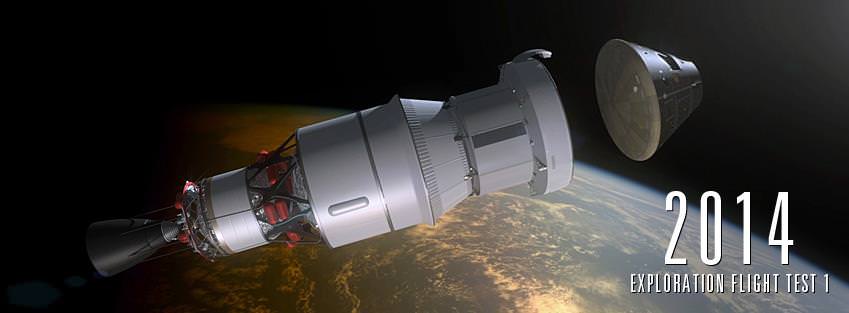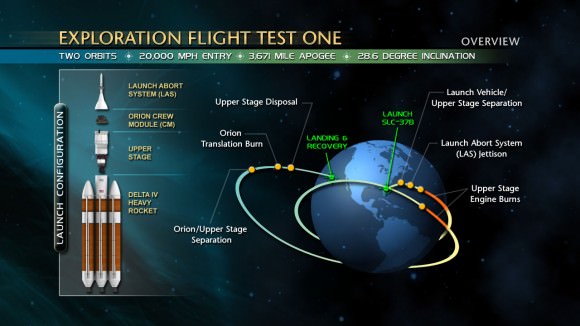On October 11th, 2010, Congress signed the bipartisan NASA Authorization Act, which allocated the necessary funding for the space agency to commence preparations for its “Journey to Mars“. For the sake of mounting the first crewed missions to the Red Planet, several components were designated as being crucial. These included the Space Launch System (SLS) and the Orion Multi-Purpose Crew Vehicle.
Despite a recent announcement that NASA would be prioritizing a return to the Moon in the coming years, both the SLS and Orion are on track with the eventual goal of mounting crewed missions to Mars. In recent weeks, NASA conducted critical assessments of both components and their proposed launch schedules, and determined that they will be launched together in 2020 for the sake of conducting Exploration Mission-1 (EM-1).
This test flight, which will be uncrewed, will test both systems and lay the foundations for the first crewed mission of the SLS and Orion. Known as Exploration Mission- 2 (EM-2), which was originally scheduled for 2021, this flight is now expected to take place in 2023. EM-1 will also serve to establish a regular cadence of mission launches that will take astronauts back to the Moon and eventually on to Mars.
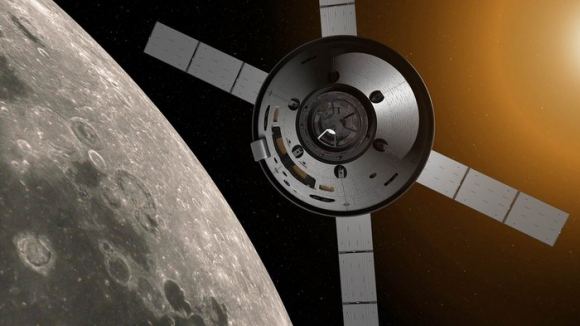
The recent review came on the heels of an earlier assessment where NASA evaluated the cost, risk and technical factors of adding crew to the mission. This review was initiated as a result of the crew study and the challenges related to building the core stage of the SLS. Foremost among these was the recent tornado damage caused to the Michoud Assembly Facility in New Orleans, where the SLS is currently being built.
On top of that, there are also the challenges related to the manufacture and supply of the first Orion Service Module. This module, which is being developed by the European Space Agency (ESA), serves as the Orion’s primary power and propulsion component, until it is discarded at the end of each mission. During the summer of 2016, the design of the Service Module was also the subject of a critical design review, and passed.
After conducting their review, NASA reaffirmed the original plan to fly the EM-1 uncrewed. As acting NASA Administrator Robert Lightfoot announced in a recent NASA press release:
“While the review of the possible manufacturing and production schedule risks indicate a launch date of June 2020, the agency is managing to December 2019. Since several of the key risks identified have not been actually realized, we are able to put in place mitigation strategies for those risks to protect the December 2019 date.”
In addition, NASA has established new production performance milestones to address a key issue identified by the review, which was scheduling risks. Based on lesson learned from first-time builds, NASA and its contractors have adopted new measures to optimize building plans which will ensure flexibility – specifically if contractors are unable to deliver on schedule.
At this juncture, NASA is on track to develop the new deep space exploration systems that will take astronauts back to the Moon and beyond. Cost assessments for EM-1, which include the SLS and ground systems, are currently within their original targets. By June 2020, NASA estimates that cost overruns will remain within a 15% limit for the SLS and just slightly above for the ground systems.
As part of the review, NASA also considered when the test of the Orion’s launch abort system (which needs to happen ahead of EM-1) would take place – which they chose to move up to April 2019. Known as Ascent-Abort 2, this test will validate the launch abort system’s ability to land the crew safely during descent, and ensure that the agency can remain on track for a crewed flight in 2023.
To build the SLS and Orion, NASA is relying on several new and advanced manufacturing techniques. These include additive manufacturing (3-D printing), which is being used to fashion more than 100 parts for the Orion spacecraft. NASA is also using a technique known as self-reaction friction stir welding to join the two largest core stages of the rocket, which are the thickest structures ever joined using this technique.
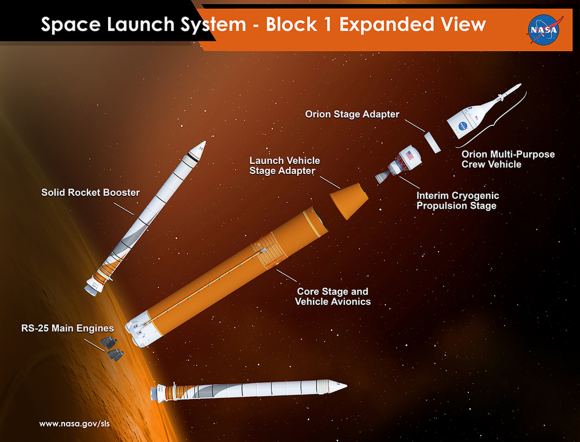
Integration of the first service module is well under way in Bremen, Germany, with work already starting on the second. This is taking place at the Airbus integration room, where crews on eight-hour shifts are busy installing more than 11 km (6.8 mi) of cables that will connect the module’s central computers to everything from solar planes and fuel systems to the module’s engines and air and water systems.
These crews also finished installing the Orion’s 24 orientation thrusters recently, which complement the eight larger engines that will back up the main engine. The complex design of the module’s propulsion system requires that some 1100 welds be completed, and only 173 remain. At present, the ESA crews are aiming to finish work on the Orion and ship it to the USA by the summer of 2018.
As far as the assembly of the SLS is concerned, NASA has completed welding on all the major structures to the rocket stages is on track to assemble them together. Once that is complete, they will be able to complete an engine test that will fire up the four RS-25 engines on the core stage simultaneously – the EM-1 “green run”. When EM-1 takes place, the launch will be supported by ground systems and crews at NASA’s Kennedy Space Center in Florida.
The agency is also developing a Deep Space Gateway (DSG) concept with Roscosmos and industry partners like Boeing and Lockheed Martin. This space station, which will be placed in orbit around the Moon, will facilitate missions to the lunar surface, Mars, and other locations deeper into the Solar System. Other components currently under consideration include the Deep Space Transport, and the Martian Basecamp and Lander.
These latter two components are what will allow for missions beyond the Earth-Moon system. Whereas the combination of the SLS, Orion and the DSG will allow for renewed lunar missions (which have not taken place since the Apollo Era) the creation of a Deep Space Transport and Martian Basecamp are intrinsic to NASA’s plans to mount a crewed mission to the Red Planet by the 2030s.
But in the meantime, NASA is focused on the first test flight of the Orion and the SLS, which will pave the way towards a crewed mission in a few years’ time. As William Gerstenmaier, the associate administrator for NASA’s Human Exploration and Operations Mission Directorate, indicated:
“Hardware progress continues every day for the early flights of SLS and Orion. EM-1 will mark a significant achievement for NASA, and our nation’s future of human deep space exploration. Our investments in SLS and Orion will take us to the Moon and beyond, advancing American leadership in space.”
For almost forty years, no crewed spaceflights have been conducted beyond Low-Earth Orbit. And with the retiring of the Space Shuttle Program in 2011, NASA has lost the ability to conduct domestic launches. For these reasons, the past three presidential administrations have indicated their commitment to develop the necessary tools to return to the Moon and send astronauts to Mars.
Not only will this restore the United State’s leadership in space exploration, it also will open up new venues for human exploration and create new opportunities for collaboration between nations and between federal agencies and industry partners. And be sure to check out this video showcases NASA’s plans for Deep Space Exploration:

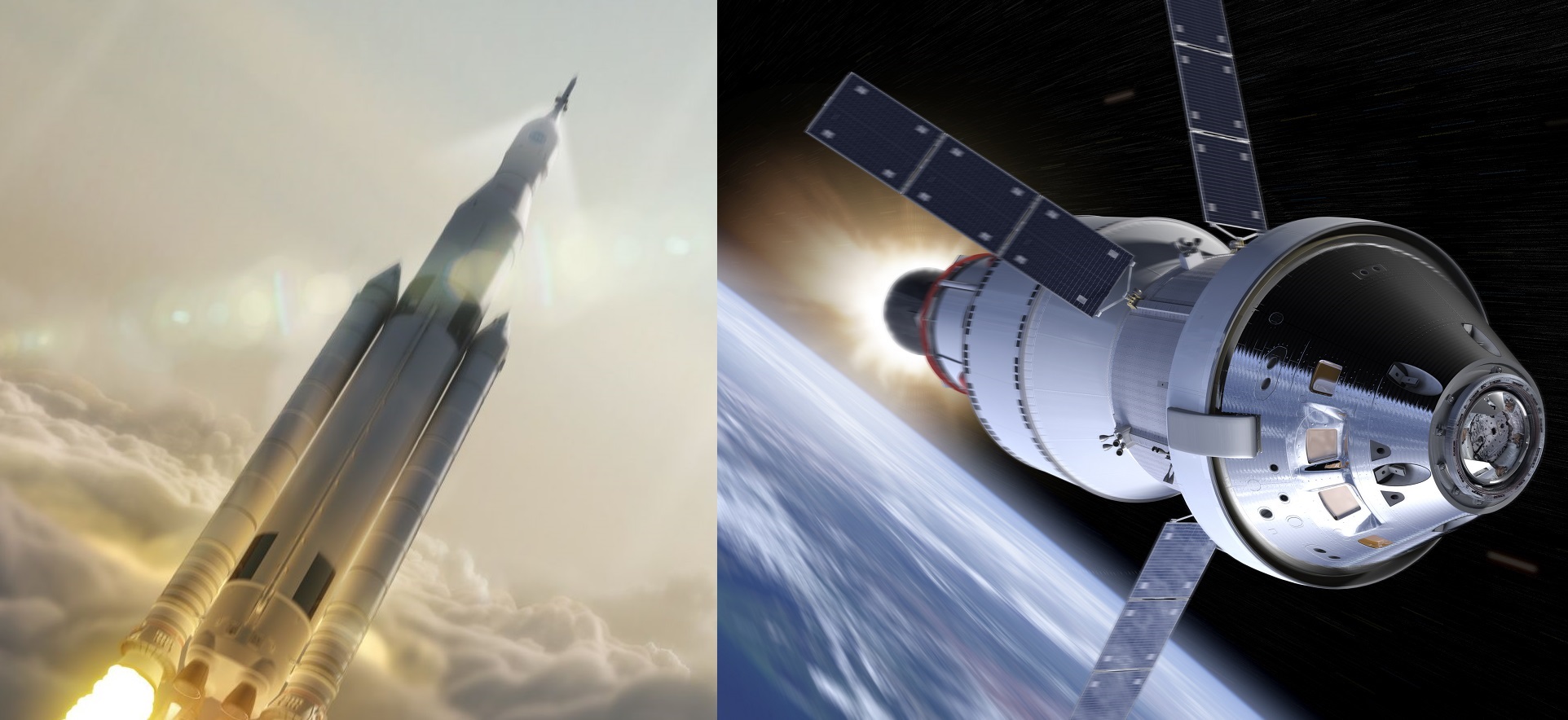

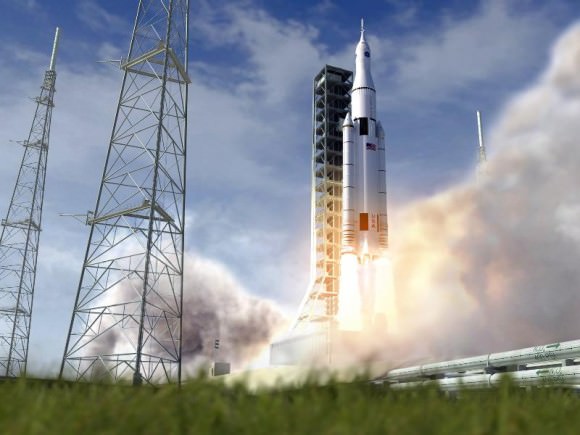
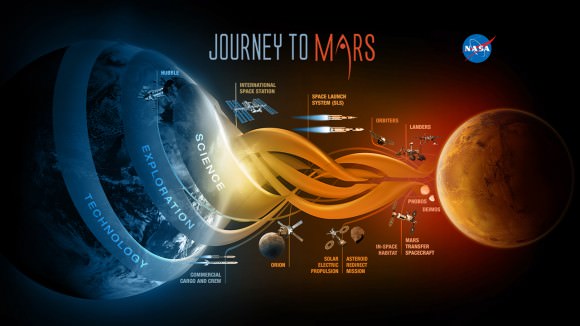
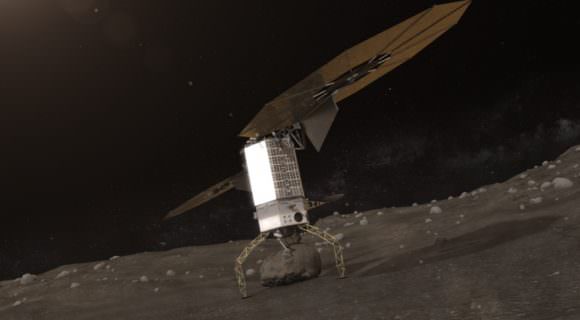

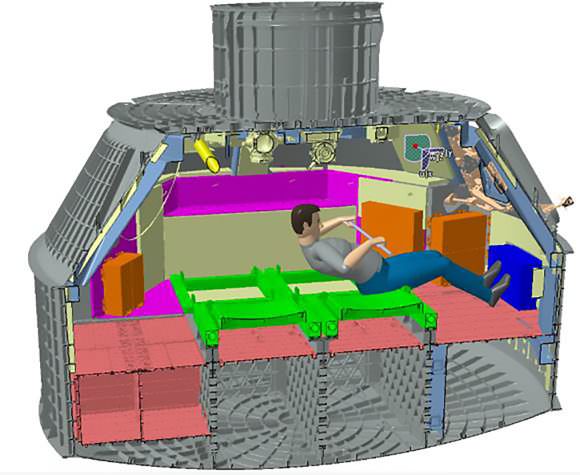
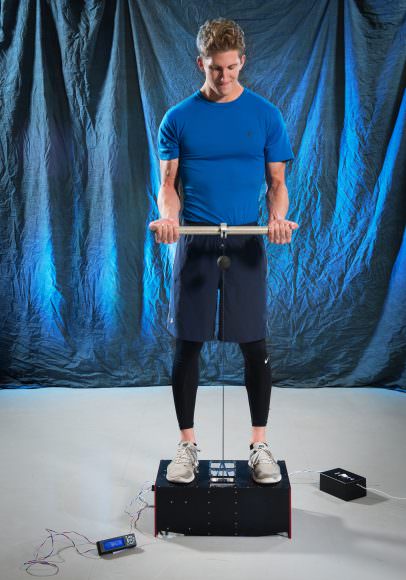
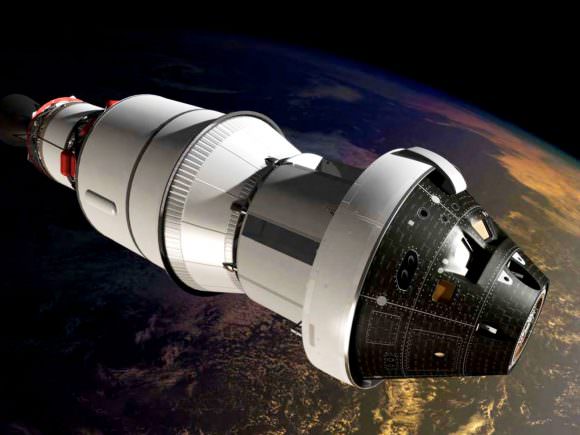
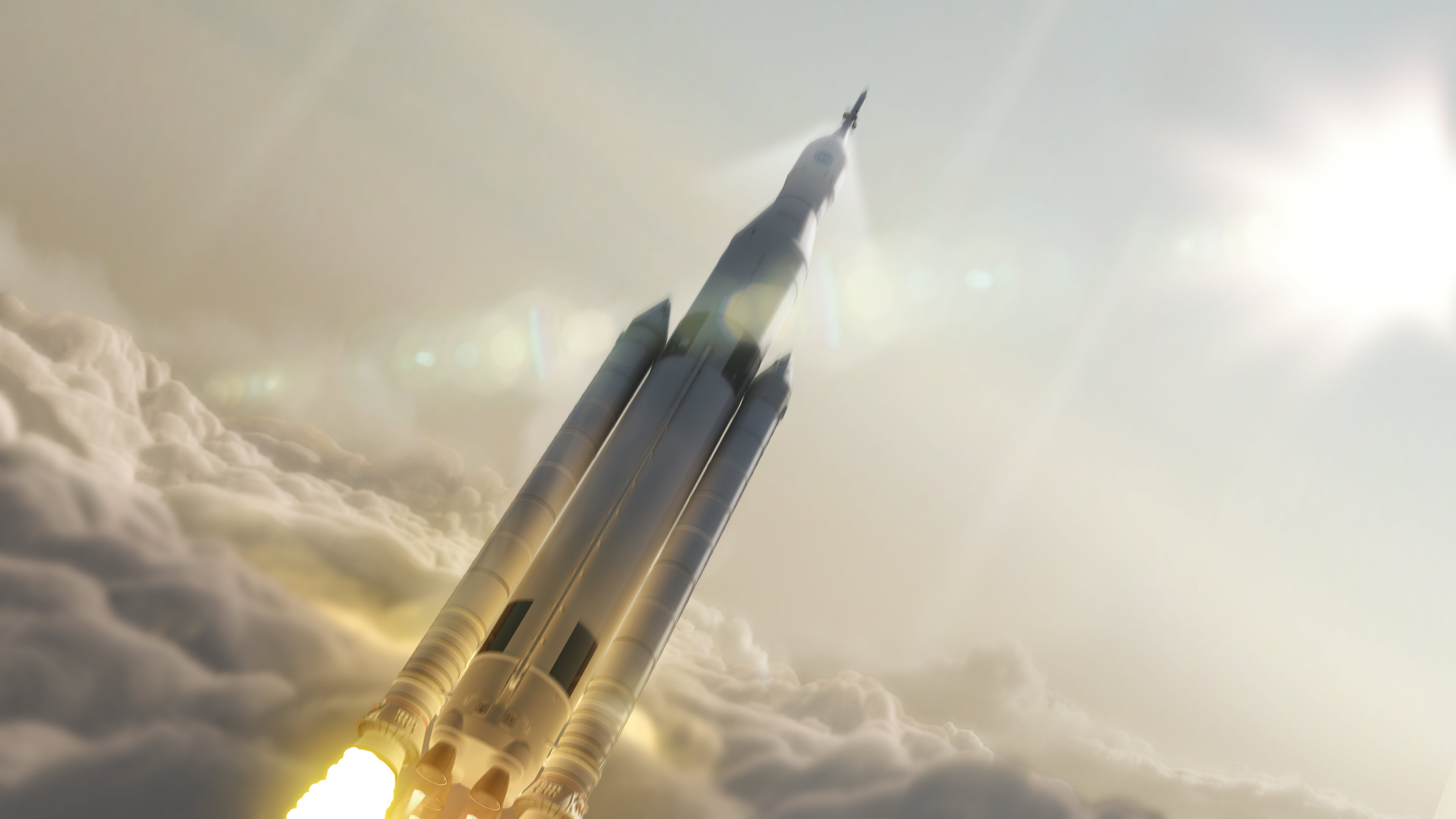
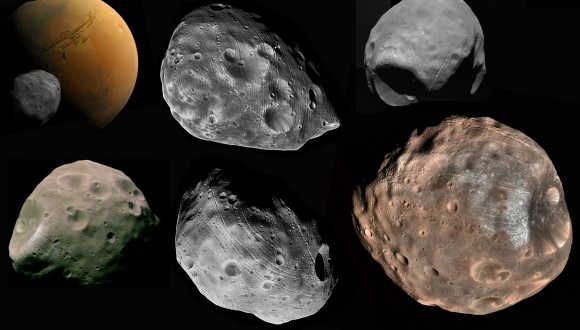
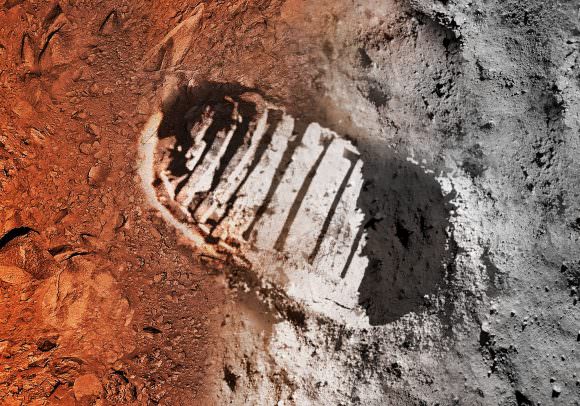

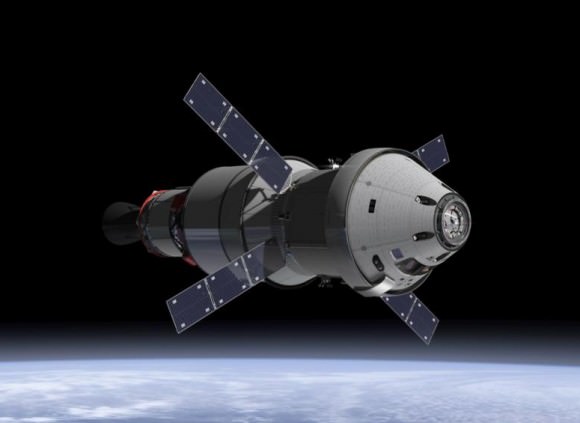
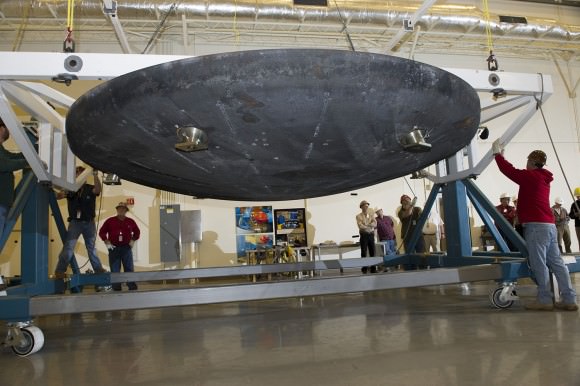
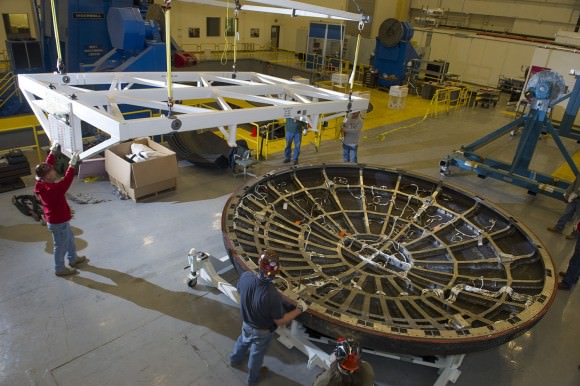
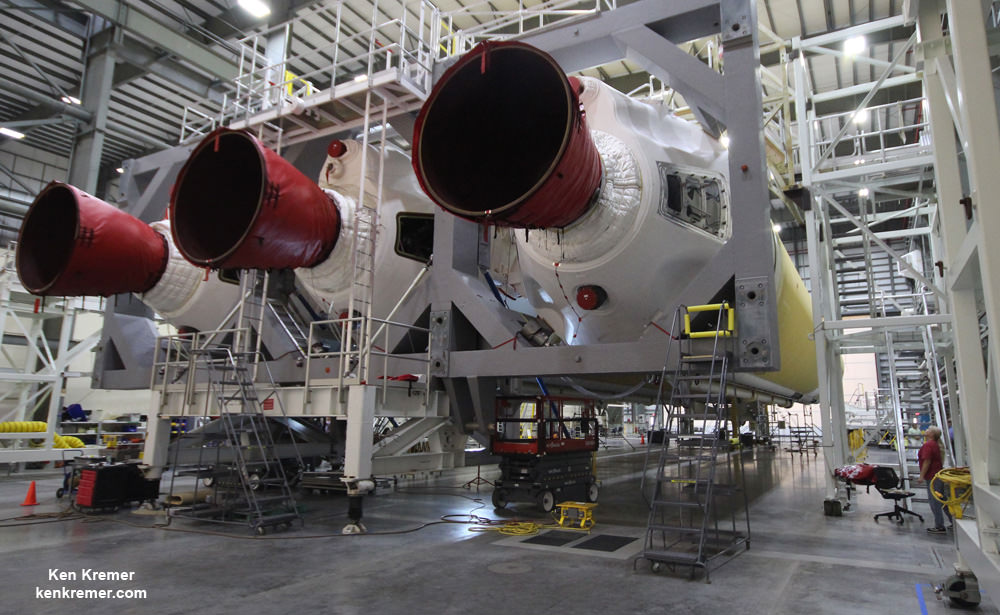
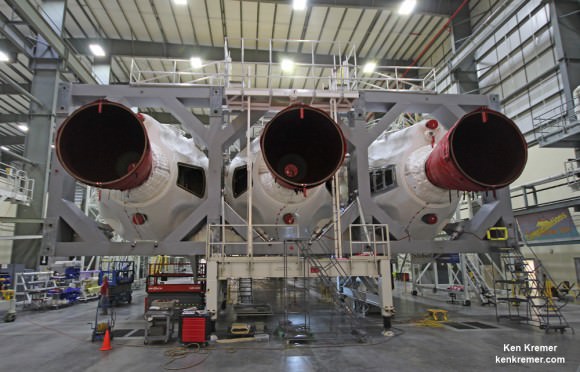
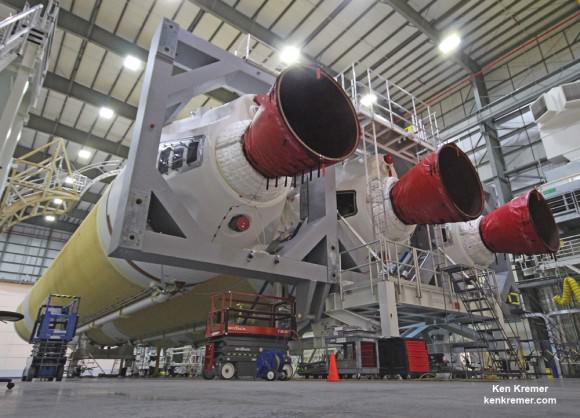
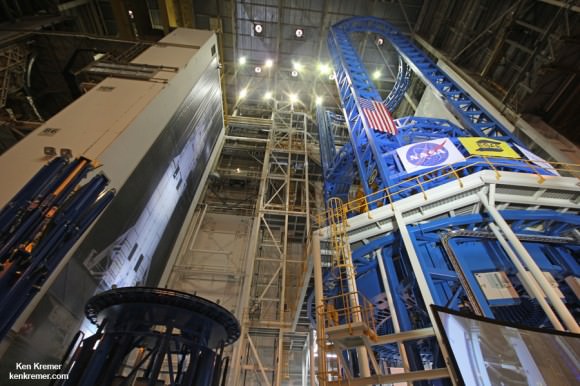
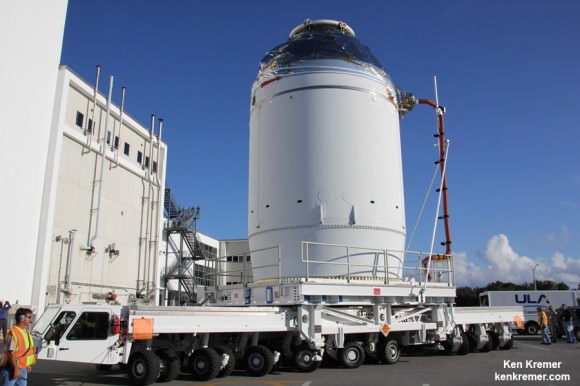
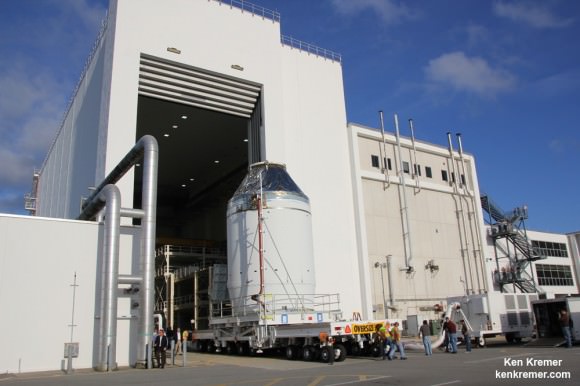
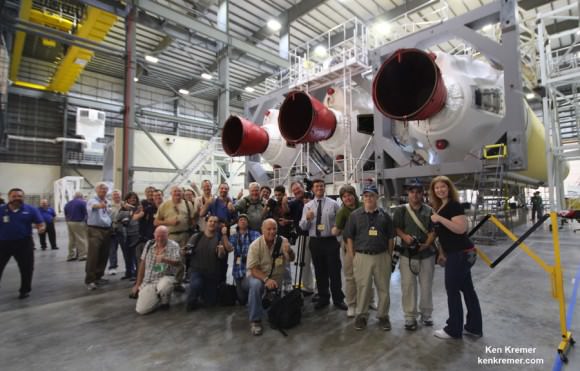
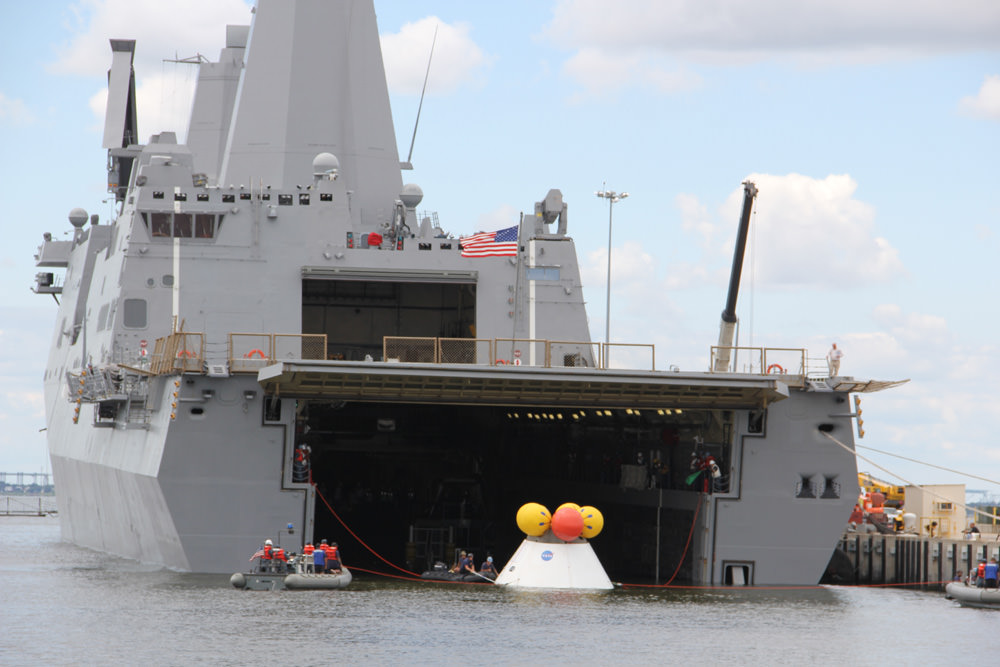
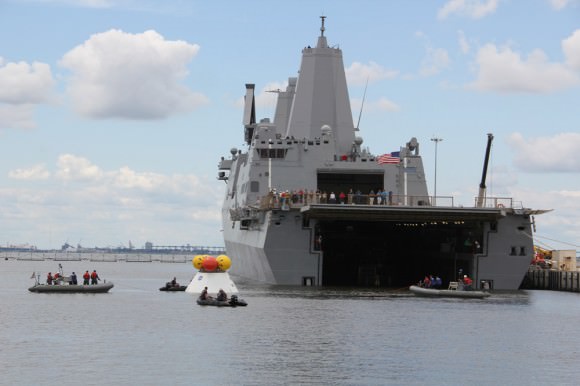
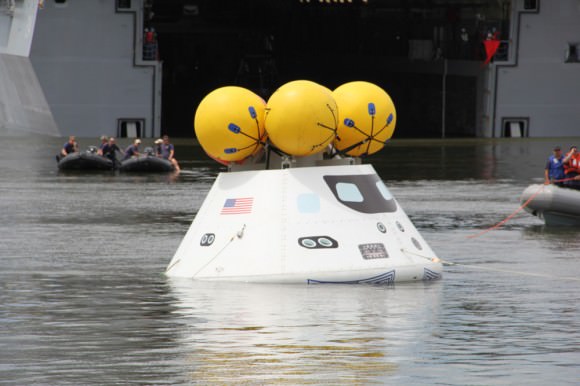
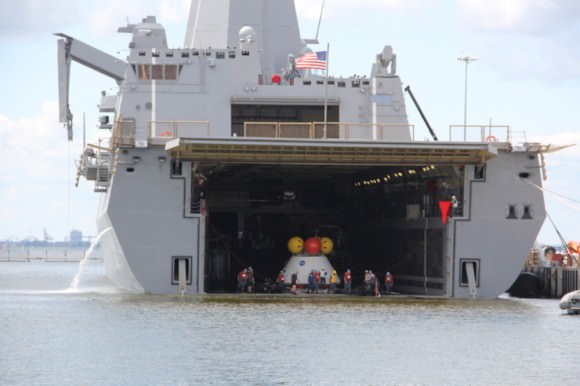
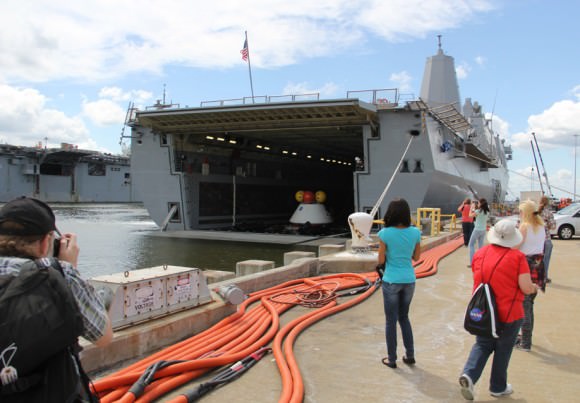
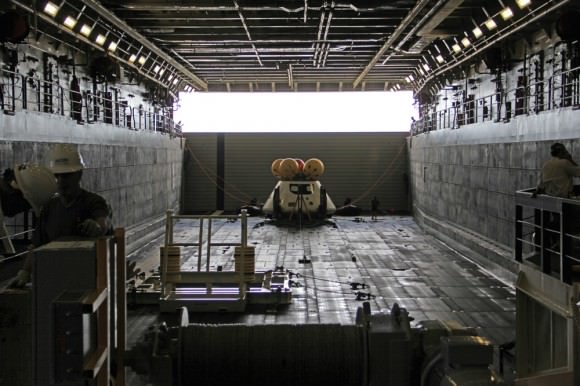
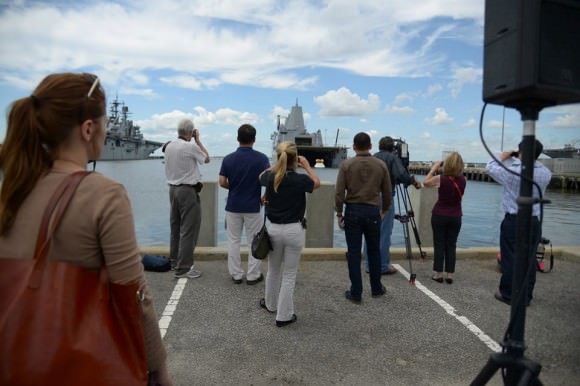
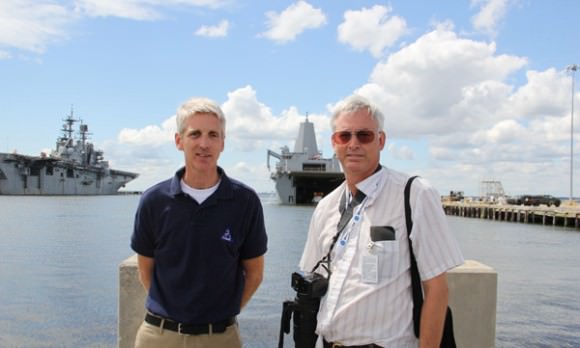
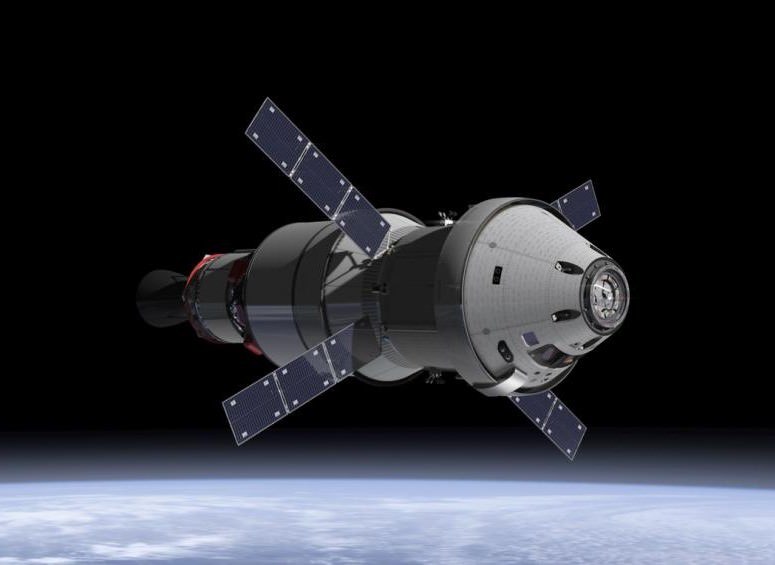

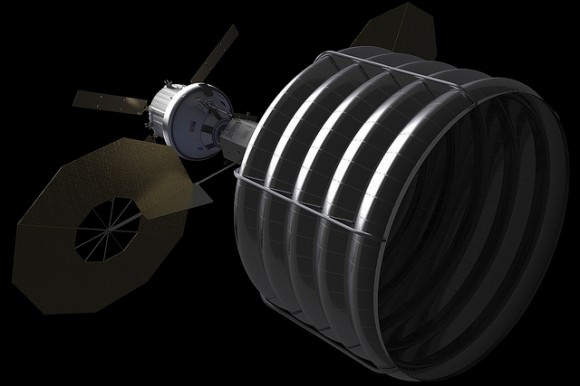
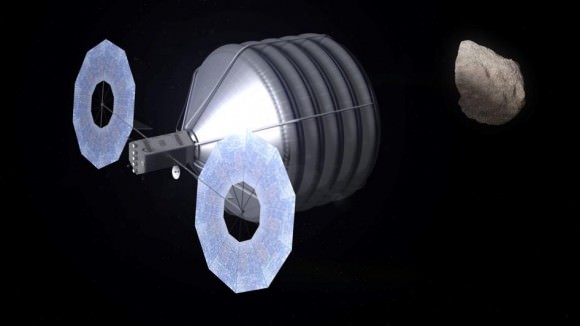
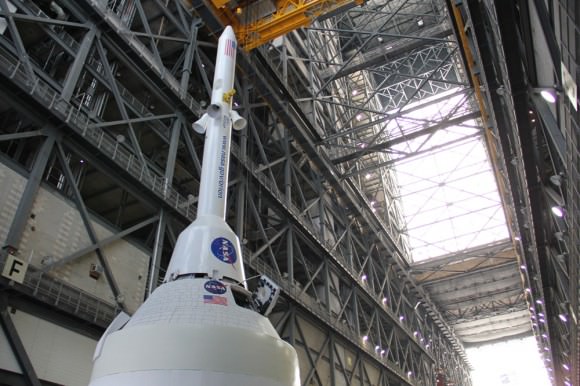
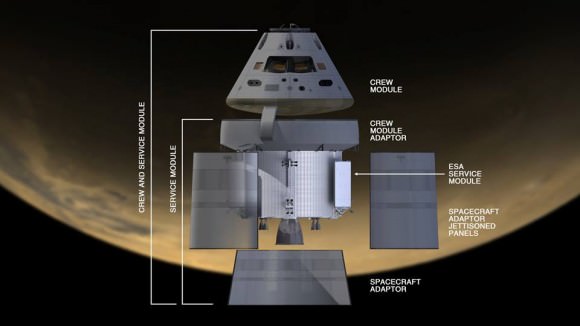
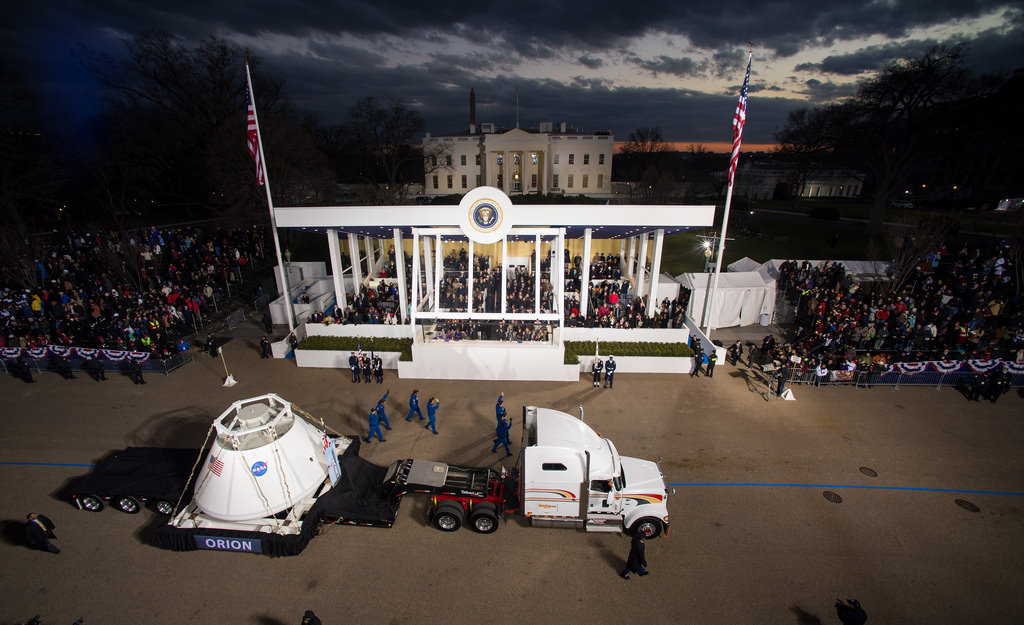
![8403941024_d82bee7a00_b[1]](https://www.universetoday.com/wp-content/uploads/2013/01/8403941024_d82bee7a00_b1-580x360.jpg)
